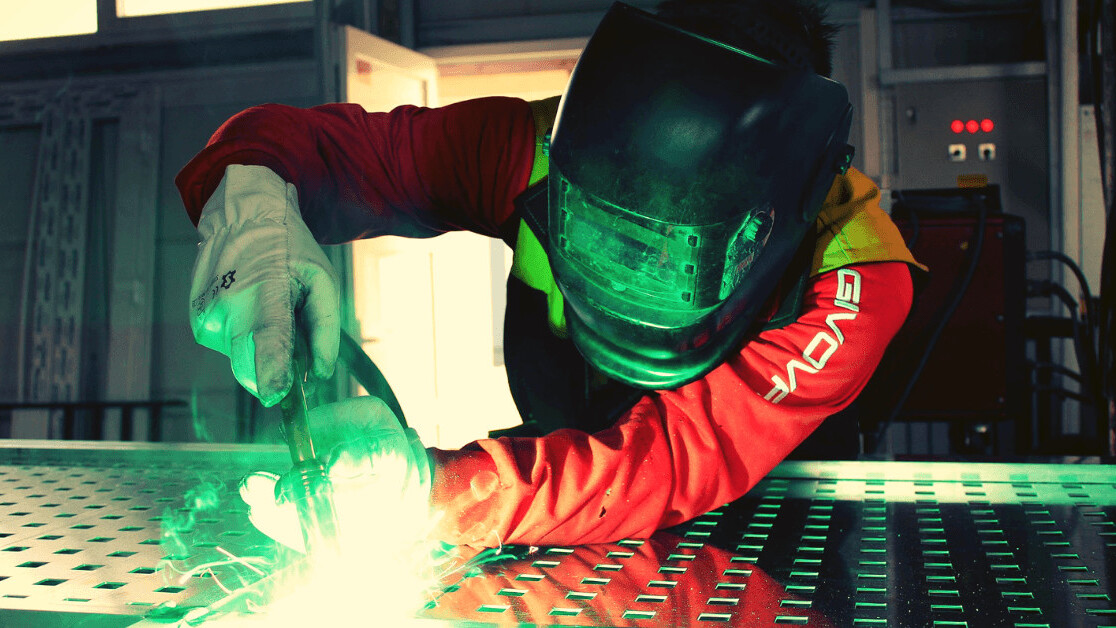
Of all the questions my consulting clients ask, there is one that comes up more often than all the others combined. It goes something like this:
“I want to harness the power of overseas manufacturing, but I’m worried about fraud and quality control. How do I vet manufacturers in China or India to minimize the risks of working with a company in a different country?”
Here are six tips that I generally offer to help ecommerce businesses navigate the potentially treacherous waters of overseas manufacturing.
1) Make sure the manufacturer provides ample documentation
The easiest and most obvious solution to this problem is to knuckle down and plan a trip to visit potential factories in person. You’ll learn a lot more that way than you’d otherwise be able to on the internet or via email.
Whether you visit in person or perform your inquiries remotely, there are certain questions you’ll want to ask every potential manufacturer on your list. Each one acts as a test that a manufacturer needs to pass before you trust it with your business.
The first, and perhaps most crucial one, is to ensure the manufacturer is willing to provide all the documents and verification you ask for. If they are unwilling to provide proof of relevant licenses, registrations, and samples of work, that’s a major red flag.
2) Start by verifying the business license
The first piece of documentation to ask for when vetting an overseas manufacturer is a business license. Every reputable manufacturer in China and India has one.
In addition to providing proof that a manufacturer is legally incorporated and allowed to export, a business license also provides valuable information about the company’s business scope and registered capital, which we’ll discuss in a minute.
There are several ways to review an overseas manufacturer’s business license. For starters, you can always just ask to see a copy of it. (Note that it will probably be in the language of the country you pull it from).
If you know the province the manufacturer is in, you can check the relevant government website to pull the information — this is a good way to verify any information you receive directly from the manufacturer.
Finally, if you’re familiar with Alibaba or Globalsources, both manufacturing aggregators do automatic business license verification and, if you have a paid membership, display the info in English on the manufacturer’s profile.
3) Deal with a ‘manufacturer,’ not a ‘trader’
I previously mentioned business scope and registered capital, two pieces of information contained in a standard Chinese business license. (Indian licenses are a little different).
Registered capital is pretty self-explanatory.
It’s the amount of investment the business was founded with. This information is important, because a small amount of capital can indicate that the company is not a manufacturer at all, but a third-party “trader.”
A large sum of registered capital is a good sign.
The business scope indicates what the company was founded to do. Make sure that the scope aligns with your manufacturing needs. If it talks more about distribution than manufacturing, that’s another sign the company is probably a trader, and therefore no use to you.
4) Corroborate with US Customs shipping information
Getting information directly from the manufacturer is great, but it’s always a good idea to corroborate any information you receive from them with other sources.
As mentioned above, the local government websites where the manufacturer is located is a good source for verification. Another is US Customs and Border Protection.
Customs keeps track of all authorized importers to the US and can be a valuable source of info on overseas manufacturers. The easiest way to access this information is through a service provider like Importgenius.
Through them you can review manufacturer’s shipping histories and client lists. It’s a great way to make sure the information you received directly from the manufacturer is correct.
5) Check with the manufacturer’s bank
In addition to the other means of documentary verification I’ve listed, I like to go one step deeper and check with manufacturer’s banks. Banks are, of course, excellent record-keepers who are obligated to keep a constant lookout for potential fraud, and they’re generally very willing to help with inquiries like this.
Make sure the beneficiary name on the bank account matches the name of the manufacturer. It’s always a bad idea to send money to a personal account, or one that is not clearly affiliated with the manufacturer.
The bank can also provide you with the physical location of the beneficiary.
Make sure it’s the same as the manufacturer. In China particularly, manufacturers can have complicated systems of offshore accounts. While that doesn’t immediately mean they’re fraudulent, it can be a warning sign.
6) Always get references — always
Finally, ask the manufacturer for references from other clients.
Who else have they worked with? Were their past customers satisfied with their work? A first-person reference can make all the difference in the world when you’re trying to figure out which overseas manufacturer to partner with.
There’s huge potential in overseas manufacturing for e-commerce companies. If you’re looking to outsource production, these six easy steps can help you avoid the risks and ensure a positive experience.
Get the TNW newsletter
Get the most important tech news in your inbox each week.




